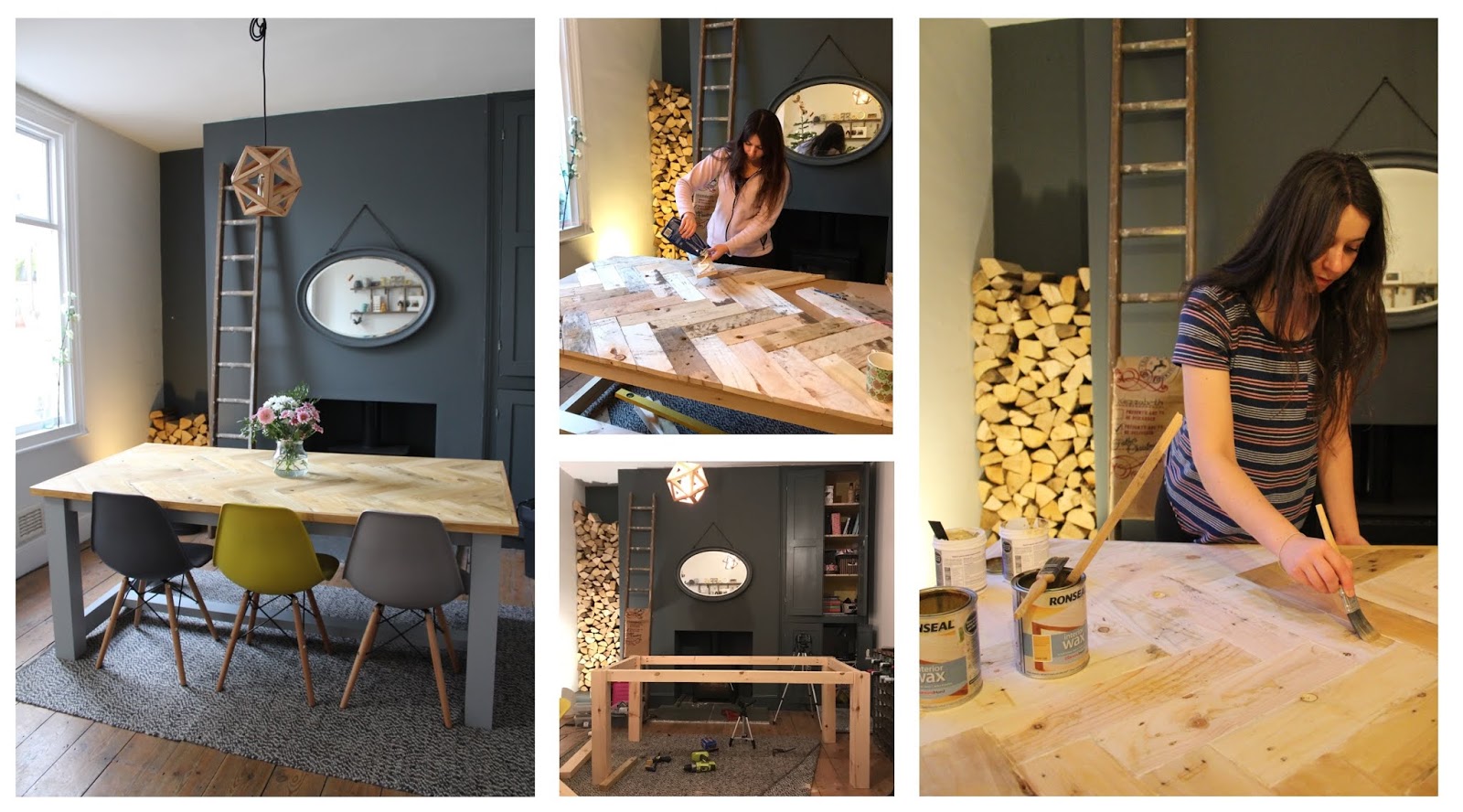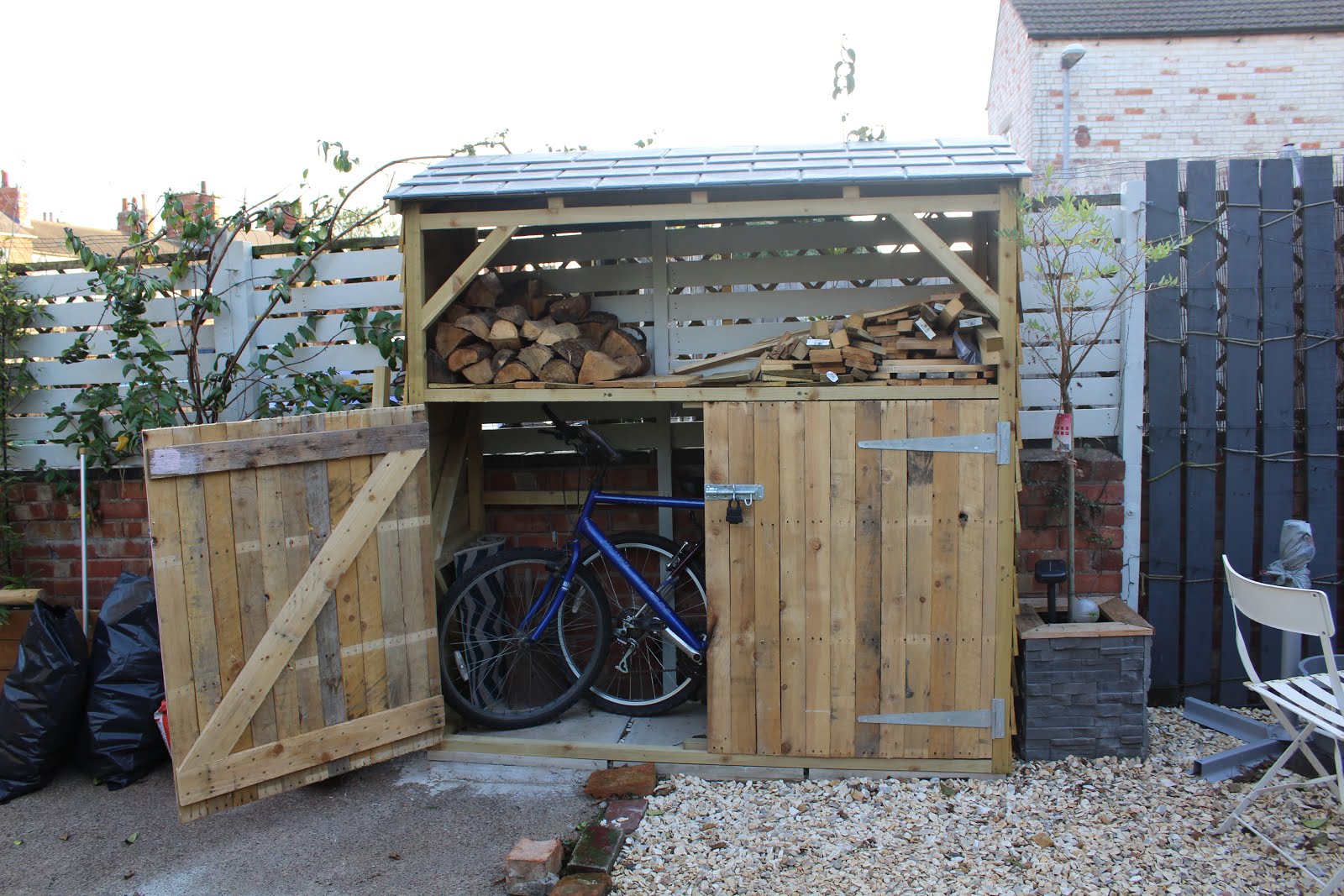Older kitchens and bathrooms never have extractor fans. I don’t know why this is – I presume they just didn’t exist back in the day? But you’ll never find them. For modern day living; lengthy showers and multiple pans steaming away – not having one is pretty bad. You’ll end up with all kinds of condensation/damp problems and for the small cost of putting one in, it’s really very much worth it.

DIY: Venting a Cooker Hood
Our kitchen was no different and had zero ventilation for those steaming veggys. So naturally we’ll be having a cooker hood and for maximum efficiency, we wanted to vent it outside. We’ve already installed two extractor fans already (one in our bathroom, one for Grants parents) but we’ve always done it the hard way. Drilling a bazillion holes and chiselling the rest out. Whilst this costs almost nothing, it takes a freaking long time and chiselling is a right arm ache. So we thought it was about time we invested in a diamond core drill bit and saved ourselves a bit of time/work. You can also rent them if you’re not likely to need it ever again.
It’s basically a giant holesaw for cutting through brick. Perfect for soil stacks, tumble dryer vents, and extractor fans. It’s absolutely vital you use an SDS drill WITH a clutch when using one of these. The reason? Well, imagine hitting a tough bit of brick whilst drilling with this – drills are designed to spin, right? If the drill-bit wants to spin but can’t, what’s going to spin instead? The drill, pulling you along with it, breaking your arm and potentially falling to your death. (dramatic, but possible!) If you have a clutch, it’ll kick in and your drill wont go spinning off with you attached. There’s no “maybe I’ll be okay” – you absolutely need the right tool for this to be safe.
As well as the diamond core bit, you also need an adapter (they’re called arbors) for the end to go into the drill. And you’ll also need a guide for starting off – which is basically like a normal drill-bit that goes into the diamond core. It’s longer in length and basically creates a pilot hole first which acts as a guide and enables you to have a fixed drilling point whilst you start off. Otherwise you’ll be wobbling all over the place and making a bigger mess than necessary.
Because we try to be good neighbours, we firstly made a screen to stop dust blowing straight over the fence and pouring down our neighbours windows. What I had envisioned wasn’t quite what Grant came up with – but, despite looking hilarious, it really did work. It’s basically dust sheets wrapped around two poles – one of which is just a washing line prop – and then somehow sandwiched into the fence so it can’t move. Logistically, it sounds crap and you could see this thing blowing high in the air, far in the distance (what must everyone have thought, I don’t know!) – but it did the job!
So things to remember when using a diamond core drill bit – hammer action is a no no – and make sure you keep the drill absolutely level, you don’t want to be core-ing at a funny angle. You also don’t want to be forcefully pushing the core-bit through the wall, just let the drill do the work.
One thing we quickly learnt about the guide is that it doesn’t work so well in mortar that crumbles around it. So when you’re starting off drilling, try to position the guide so that it goes into brick and not mortar if you think yours is likely to crumble too. It’s also important to remove the guide once you’ve got the core-bit beginning to go through the wall, otherwise it will keep jamming.
You’ll also want to have a good pair of ear defenders and safety goggles are also a must – you really don’t want shards of brick flying into your eyeballs. I recommend checking out a site called Engelbert Strauss who specialise in workwear and personal protection for DIY and such-like jobs. You can find both ear protection (here) and eyewear protection (here) on there, as well as ladders and whole load of other DIY type stuff too!
So it probably took less than 3-4minutes to get all the way through the wall – baring in mind this is a single skin wall. I think Grant was pretty pleased about that fact to be honest – both the SDS and diamond core bit are a little heavy and hard to keep fixed at one position for so long. There was A LOT of dust as well, so turns out our makeshift wind sail really was necessary.
And then we were done! Only that wasn’t the end of the story. Because, like total idiots we’d only gone and drilled the wrong size hole for the bloody cooker hood. Well, in my defence, we hadn’t actually bought the cooker at the time we drilled this – but I presumed 100mm was the standard size and they’d all be that width. Turns out that wasn’t the case and we actually needed 150mm. So we had to go back to our old techniques of drilling a bazillion holes and chiselling the rest out. Yes I know, and we had a perfect circle!! AND we’d spent money on the bloomin’ core bit! We did consider just connecting a reducer and using a 100mm ducting anyway, but everything I read said it would damage the motor of the cooker hood, make a load of noise and generally just be less efficient. If you’re going to do a job, you want to do it right – so we made the hole bigger. But never mind, a bit more work never hurt anyone, right?! Note: make sure you drill the right size hole!
To secure the ducting to the end vent we used some hose clips, as we’re actually using a stainless steel ducting, not a PVC one. We stayed clear of cheaper PVC ones as I’d read a few bad things about them and we really needed a ducting that would last, as we won’t be able to gain access to it without ripping the kitchen ceiling down. 150mm stainless steel ducting is so hard to find online, but we purchased this one from espares.com which was perfect! 🙂
We’re still yet to hook up the actual cooker hood – that’ll have to wait till the kitchen is in, but we’re so glad to have gotten this part done! If you think this is a little too far for your DIY skills, you can always find a handyman on Bidvine and see how much they would charge for a job like this with their handyman price guide.
What do you reckon to our sail-screen? Can you see it taking off….literally? 😉
(rounded to the nearest pound)
New Tools Purchased:
Arbor £8
Diamond Core Drill Bit £30
Drill Guide £3
Materials Used:
Ducting £12
Hoseclips (5pack) £15
Vent Grille £6










No Comments